Quantity
Use 2gr of tea per 150ml of water.
Temperature
For the optimum infusion use 85°C <185°F> water.
If you like milk, use water at 100°C <212°F>
Brew Time
Infuse for 1 – 3 minutes, tasting regularly.
Enjoy
Sip hot or top with ice for iced tea
The health benefits of Pu-Erh tea have made it famous. The Yunnan Dayeh tea tree, from which the leaves are harvested, is said to be genetically similar to the ancestor of all tea trees, which flourished before the last ice age. It is said that Kubla Khan’s army spread Pu-erh throughout China in the 1200s for its therapeutic qualities. In spite of the fact that it has not been conclusively demonstrated whether or not Pu-erh is effective for the claims made by researchers and tea consumers, there is no denying that Pu-erh is rather unique and possesses qualities that many other types of tea do not have.
The tea leaves are selected, rolled, and withered in the scorching sun before being steamed and pressed into cakes. To make this Pu-erh more manageable, its extracted from the cakes. Tea that has been steamed has a musty, earthy flavour when the leaves are compacted (without drying) into cakes. The greatest Pu-erh is mouldy to some degree before it naturally dries. After that, Pu-erh is aged for a long time. Like young wine, Pu-erh that hasn’t matured for at least five years isn’t nearly as precious as older Pu-erh.
Pu-erh’s flavour improves with age, making it more approachable to those with more western palates. It has a pleasant flavour, but the “aged” character may put off individuals who aren’t used to it. To others, though, this flavour will just add to the tea’s mystique and will feel appropriate in a beverage revered for its curative abilities. Some customers have suggested adding chrysanthemum flowers to Pu-Erh to improve its flavour. In reality, tea shops in southern China and Hong Kong provide this blend.


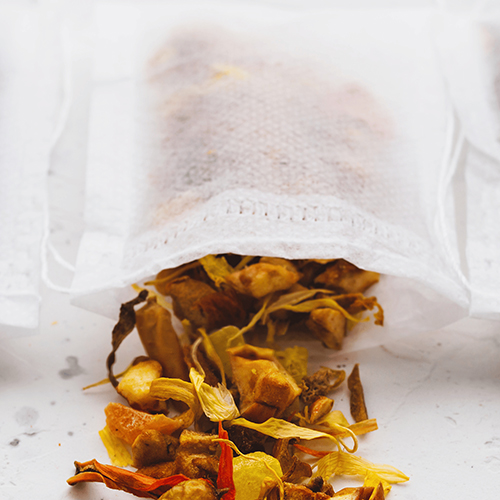
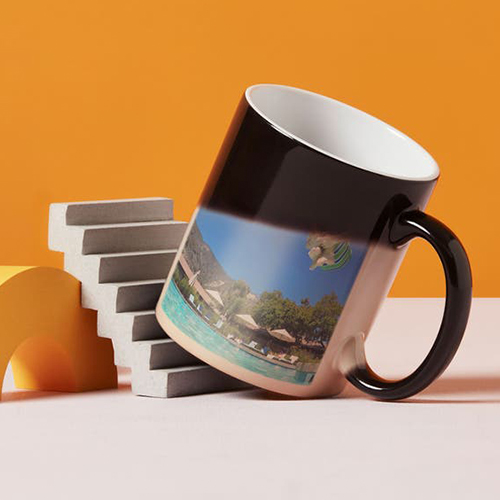

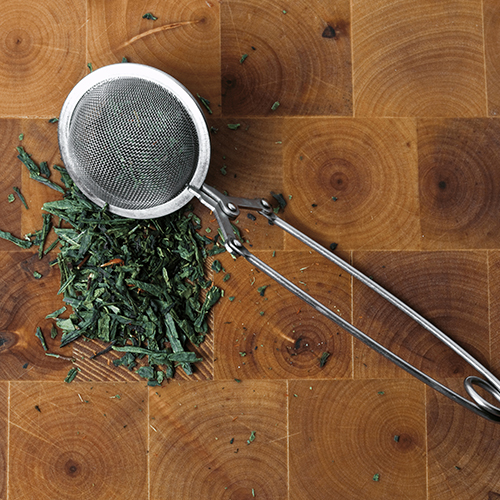
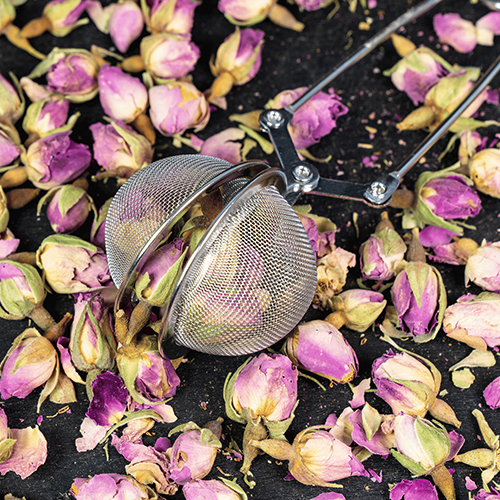

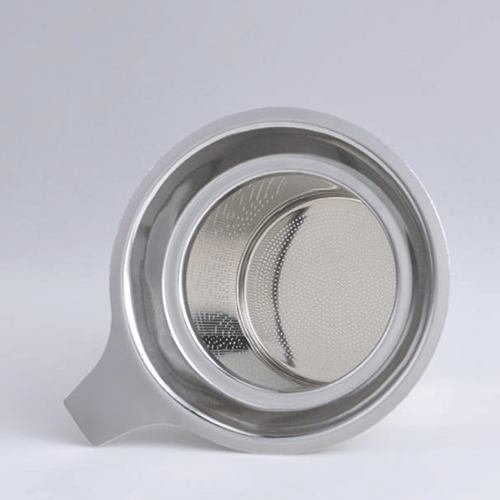

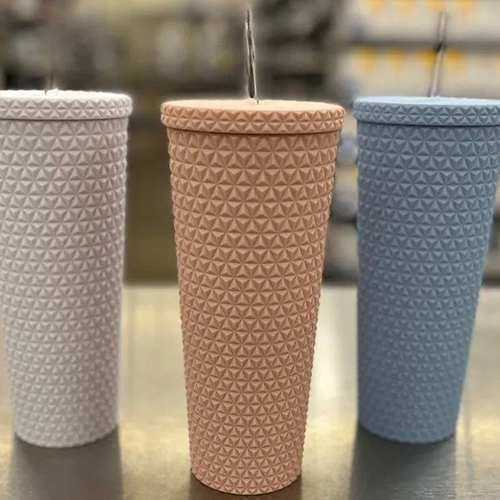
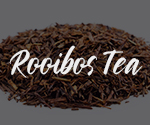
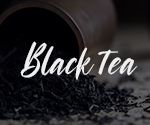
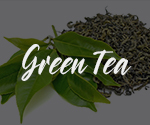
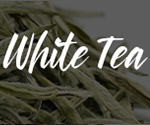

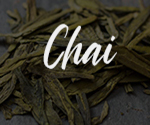
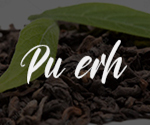
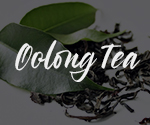
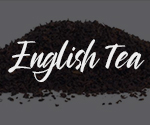
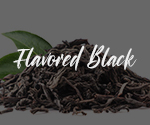


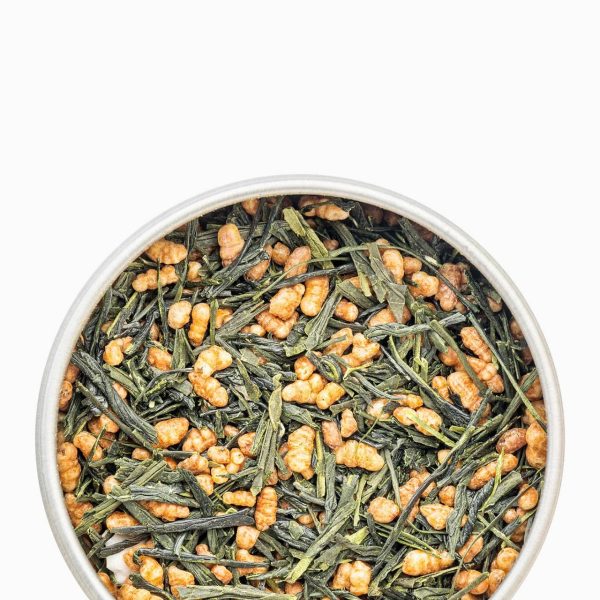
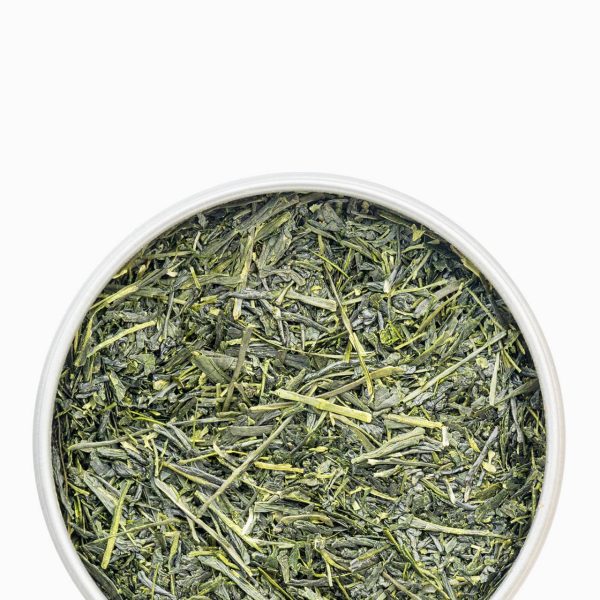









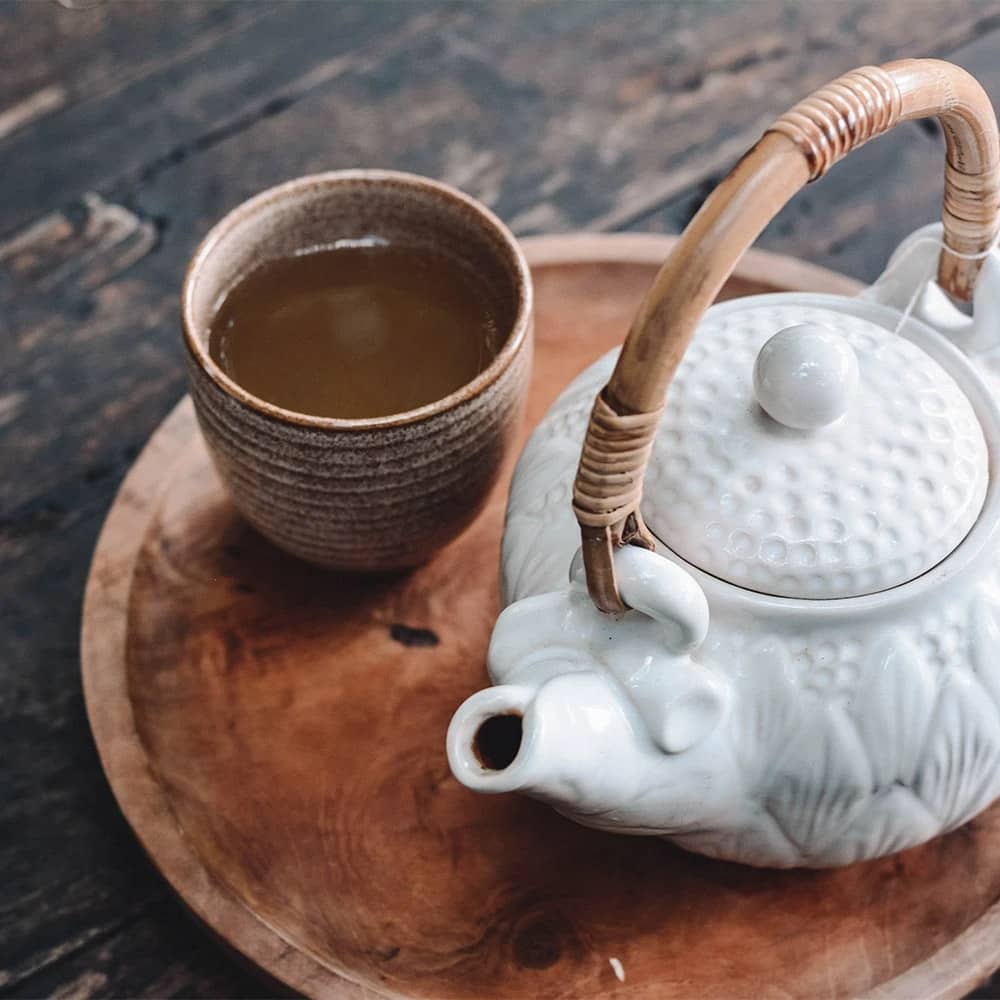
Reviews
There are no reviews yet.